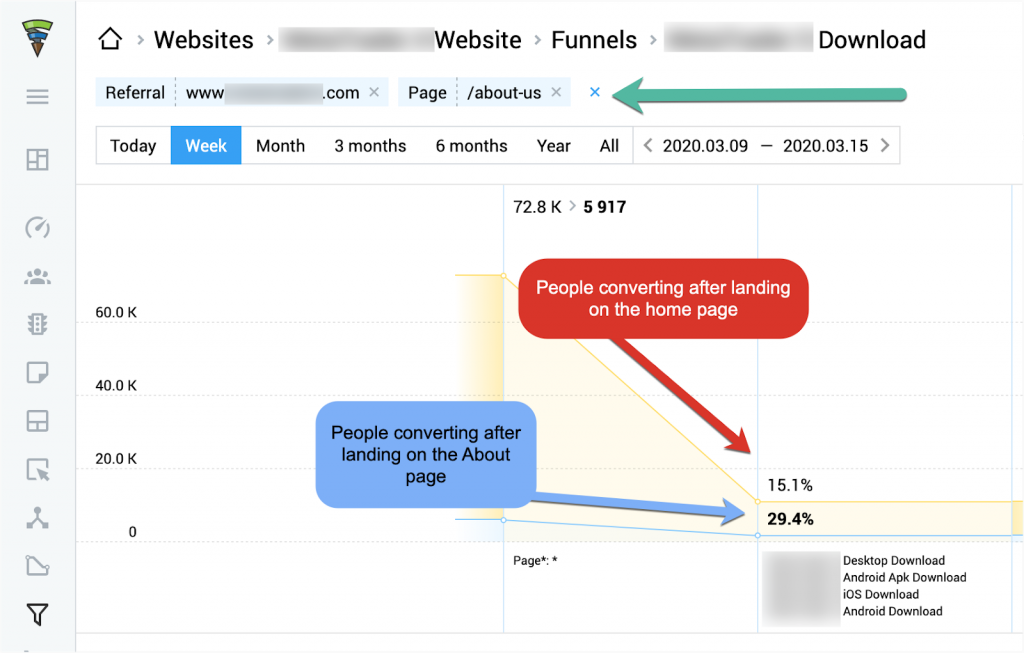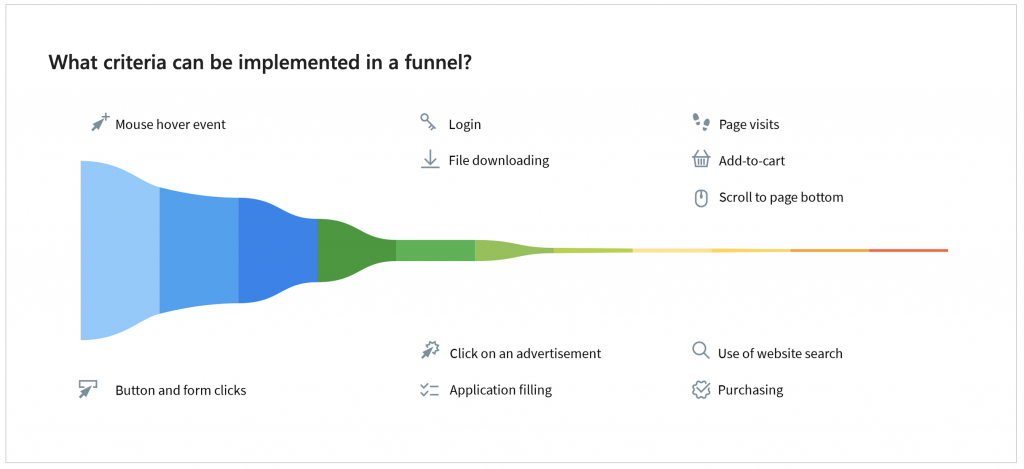Almost everyone that runs a website or blog, or handles online promotion in any way uses some type of analytics software.
There are lots of benefits that can be derived from measuring your progress, and it’s so ingrained in online marketing that users give little thought to how it fits in their strategy.
Some more savvy marketers are now figuring out how to show verifiable ROI through measurement. Believe it or not, doing this has never been easier. Software now records more data points across more platforms than ever before. In a large organization with hundreds of business objectives, it would be hard not to generate some sort of ROI with an integrated online campaign; even a poorly run campaign. Have you ever heard that there are three kinds of lies? Lies, damn lies, and statistics.
In smaller organizations, I have saw professionals recount methods of proving ROI that were actually more creative than the marketing that preceded it. For web entrepreneurs the use of analytics usually equates to a compulsive need to check page views and traffic as often as possible.
Showing ROI and getting a handle on the different metrics that are measurable are important, but both practices disregard the most powerful use of modern web analytics toolkits: improving your campaigns.
New Analytics Software Spells it Out for You
When it comes to tracking your campaigns and reacting to signals, software like Finteza has boiled the whole process down into a simple feature event tracking.
The software arranges all types of operational intelligence gathered in a list sorted by perceived importance.
The tool comes with comprehensive conversion funnel analytics allowing you to identify your best-performing marketing channels.

Using Your Data
There are two primary uses for knowledge you gain from analytics. The first is to inform your marketing strategy, and the second is resource allocation. When you get a signal like a 20 percent increase in traffic over a month, there was either an external or internal stimulus for that increase. If you can identify causation within the corresponding marketing strategy you engaged in during the last month, it’s a very good reason to increase the resources that you dedicate to that specific strategy or technique.
For example, if I ran a website that sold country flags, and during the month of June my revenues increased by 300 percent. By taking the jump in sales at face value and not investigating it, I may be missing out on a much bigger opportunity, and could also risk losing the increased revenues in the future.
Upon further inspection, I see that all of the flags sold through my store saw steady sales, except the Indian flag, which saw a massive jump in sales; upwards of 1700 percent. After checking general traffic statistics, I later find that the site saw only a 10 percent increase in traffic. However, a small pin board style social network based in India became one of my site’s top referrers.
I track the influx in sales to a user pinning a graphic of the Indian flag from our sales page onto their personal account. Depending on what my current marketing is comprised of, I may use resources to establish a presence on that network specifically for an Indian clientele, or I may target Pinterest instead. The question I need to answer is whether a visual marketing tactic sells flags, or if consumers in India are more likely to purchase flags.
The Reality Already Rivals the Possibilities
Finteza a valuable tool that helps you create a better informed digital marketing strategy.

First it would have identified a large increase in users from India visiting the website, a higher rate of conversion among Indian users, increased sales among Indian users, and a massive influx in traffic from a source that previously referred no traffic.
I may see increases in overall conversions, overall traffic, and overall sales, which of course are by-products of the jump in sales from India. If my data set is extremely large and the increases aren’t as apparent, the new opportunity could have more easily been overlooked.
This leads me to the whole idea of analytics: Identifying potential opportunities and deficiencies to inform your future marketing strategy and areas of concentration.
It works in the opposite direction as well. Instead of positive signals, I could be seeing a large drop in organic search traffic or a drop in Facebook referrals. These signals could be attributed to an external influence, such as a Google algorithm change or a drop in engagement on the Facebook platform. They could also be attributed to an internal influence, such as a decrease in my Facebook ad budget or a trial shift in my posting schedule.
The only difference between an external or internal influence is how I handle the event. If Google changes their algorithm, I may need to react by editing older posts, removing backlinks, or altering my ongoing SEO strategy.
If I lose a large source of referral traffic because Facebook is less active, I may need to pursue alternate channels. Where are the Facebook users now? If I see a small increase in Pinterest referral traffic, a network that I dedicate very few resources to, it could be a sign that I need to allocate some of the resources I spend on Facebook towards Pinterest.
Add Finteza to Your Insights
Finteza is the most efficient output of your analytics data. It allows one person to track the most important trends in a very small amount of time. Before recent advancements in data sorting software, it would have taken a larger staff much more time to extract the same insight from web statistics, even for a small operation.
The amount of data that we’re able to accurately measure will only increase over time. In the future this technology will be able to compile complex visitor profiles, draw on a large external database or network of databases, consider semantically similar data and identify solutions.
Right now with Finteza you can quickly identify the most noteworthy events, compare the relationship with other noteworthy events, and more quickly identify causation, sources, problems, and other influencers, both internal and external. By quickly identifying variables that are influencing your business it’s easier to exploit marketing channels that are particularly productive and address channels that seem to be wasting your resources.
Have you been using Finteza? What types of implementations can you see for Finteza in the future of digital consumer marketing?
- The Evolution of Marketing: From Catalogs to Cat Blogs - November 8, 2022
- How to Make a Tweet This Link - February 5, 2022
- Dramatically Improve Marketing Results with Advanced Analytics - September 20, 2021
- The Next Chapter for Social Media Sun - June 4, 2013
- Optimizing Your FAQ to Maximize ROI - December 5, 2012
- Blogging Isn’t a Rocket, It’s More Like a Roller Coaster - November 19, 2012
- Weapons of Influence and Klout’s Role in Marketing - November 17, 2012
- The Biggest Problem With Inbound Marketing Blogs Today - November 16, 2012

Excellent article, Justin with invaluable information. Thank you. SonjaSwissLife